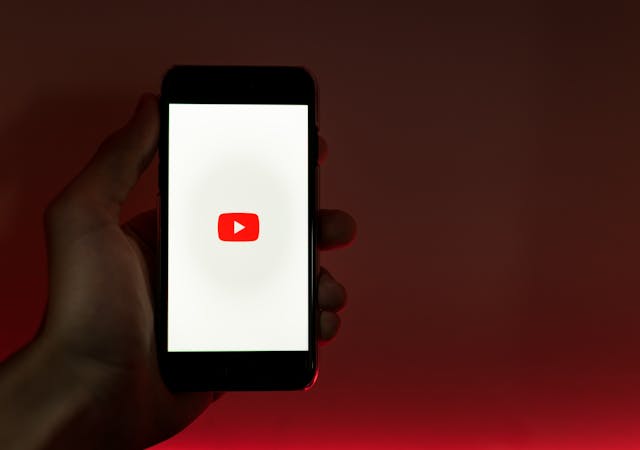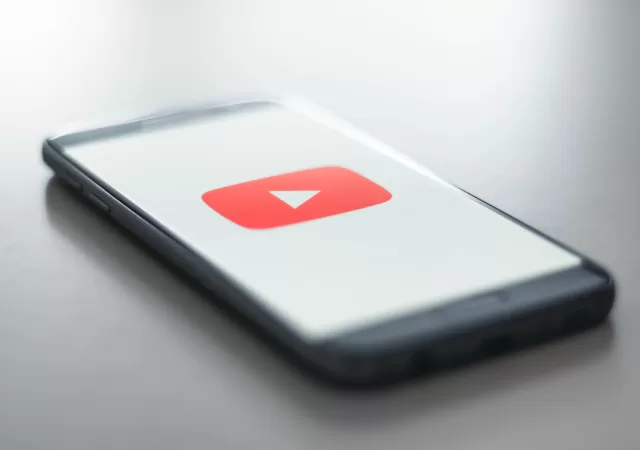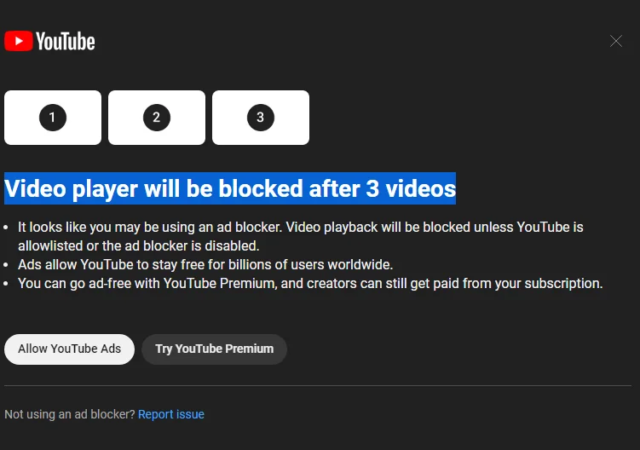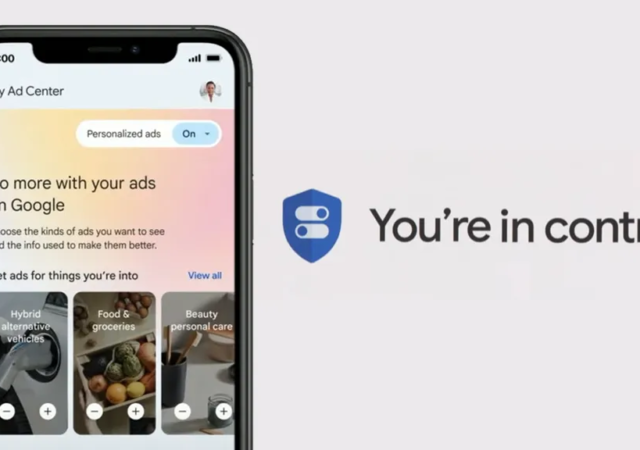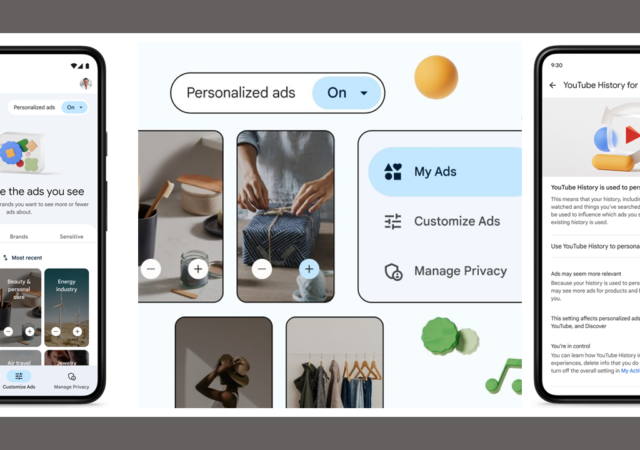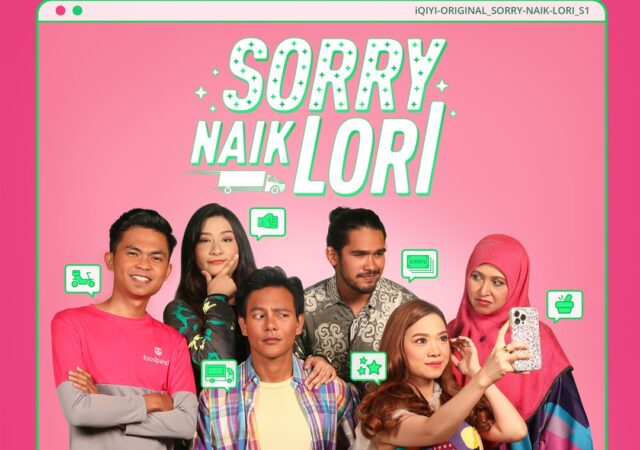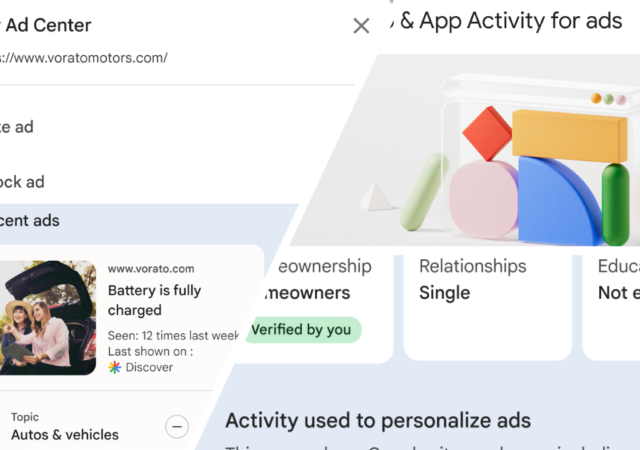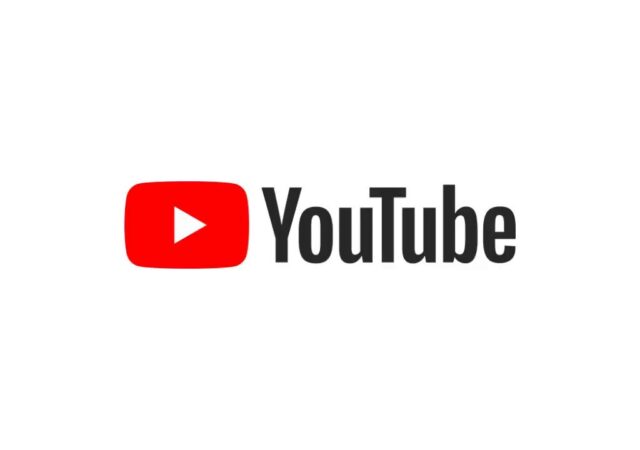YouTube continues to wage war against ad blockers. This time, the platform seems to be disrupting the user experience in a bid to get ads through.
YouTube Is Going to Have Fewer Ad Breaks on TVs But They’ll Be Longer
Google is experimenting with fewer ad breaks on TV but they may be longer than what is available now.
iQIYI & GrabFood Malaysia Launch First-ever Variety “Advertainment” Show
iQIYI and GrabFood bring an all-new series centered around good food and shenanigans featuring celebrity chef Fikree.
Interview: Getting to Know Google’s New My Ads Center
techENT sits down with a Google Spokesperson to take a deep dive into My Ad Center and how it will impact user and advertiser experience.
Taking Control of Your Privacy – Diving into Google My Ad Center
We’re taking a deep dive with a Google Spokesperson into the nuances of Google’s new My Ad Center with granular control for personalized ads.
iQIYI’s New Malaysian Show “Sorry Naik Lori” Seamlessly Integrates Branding & Story Telling
iQIYI and foodpanda explore new ways of integrating branding and story-telling with the upcoming series “Sorry Naik Lori”.



